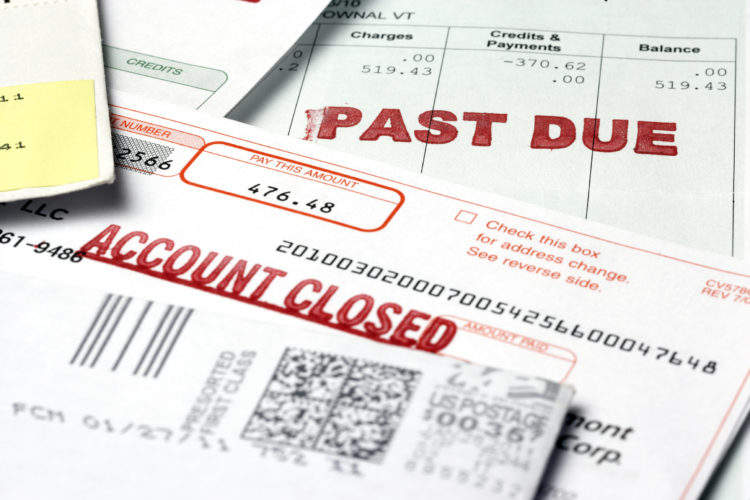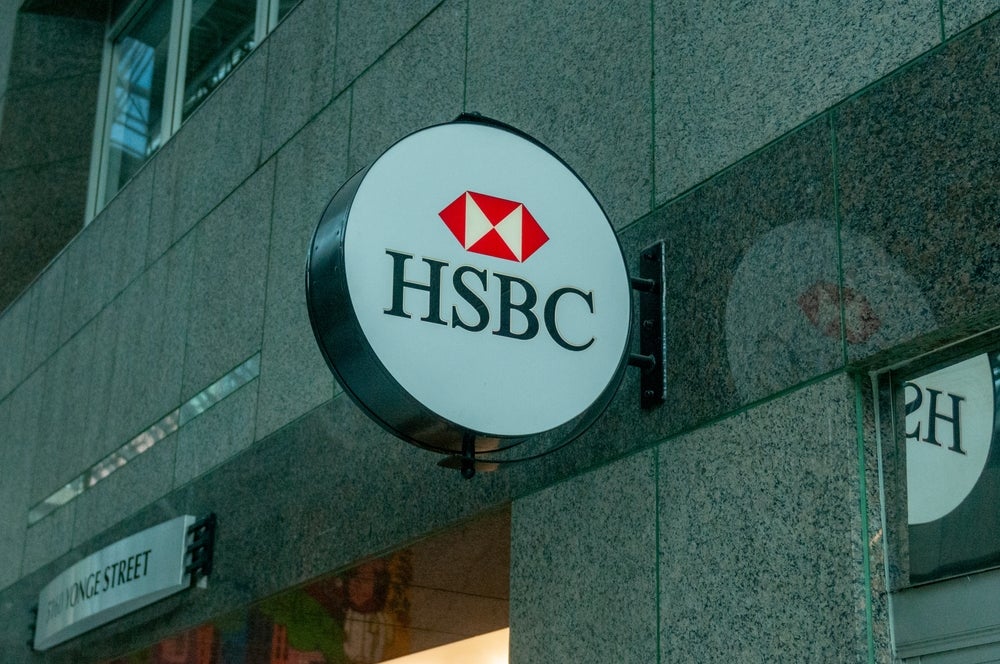
August 9 2007 is often seen as the starting gun for the global financial crisis, which rocked the global economy, and whose effects are still felt today. Jonathan Minter investigates how the world of motor finance has changed since.
This was the date that French bank BNP Paribas began shutting down investment funds because there were problems in the US securities market.
Just over a year later, on September 15, Lehman Brothers filed for bankruptcy – with $639bn in assets and $619bn in debt.
These events were to affect every facet of financial life. Yet they were not felt immediately in the motor finance market.
The Motor Finance August Issue 2007 was the 34rd edition of the publication. Three themes stood out among the issues of the day. The first was that a number of dealer groups were struggling as a result of strong competition and high interest rates. Dixon Motors, the 14th largest dealer group at the time, was in the process of going into administration, as an example.
Lenders were just beginning to dip their toe into the digital world, with fleet providers leading the charge. Despite this, Motor Finance found uneven distribution among lessors in terms of online capabilities. What is more, more than one lessor at the time noted a significant hard core of customers who eschewed online completely, “preferring to communicate by phone, fax or face to face.”
How well do you really know your competitors?
Access the most comprehensive Company Profiles on the market, powered by GlobalData. Save hours of research. Gain competitive edge.

Thank you!
Your download email will arrive shortly
Not ready to buy yet? Download a free sample
We are confident about the unique quality of our Company Profiles. However, we want you to make the most beneficial decision for your business, so we offer a free sample that you can download by submitting the below form
By GlobalDataThe final theme was the rise of green technologies. Specifically, this was greener diesel technologies, as customers had been led to believe this was a cleaner technology compared to petrol, and as such diesel sales were growing as a percentage of total sales. Alternative fuelled vehicles were beginning to make waves as well, though in extremely small numbers.
Registrations
August is traditionally one of the lowest volume months, coming before the September plate change. August 2007’s statistics gave little away about the scale of impending crisis – sales were down just 0.4% on the same month in 2006, which was described by The Society of Motor Manufacturers and Traders (SMMT) as being in line with its expectations. Overall new car sales were up by 33,328 by this point in the year for the whole eight months.
Speaking at the time, Christopher Macgowan, chief executive of SMMT said: ‘While the overall market is stable, demand for diesel powered cars continues to climb, as buyers seek optimum fuel consumption and lower CO2 emissions. Diesel registrations reached 41.4 per cent in August, its highest level this year. However, diesel penetration remains well below the European average, due to a less favourable tax regime than exists in some continental markets.’
It wasn’t until 2008 when the effects of the crisis. By the start of the year, many were well aware of what was happening. Despite acknowledging this, in January 2008, the SMMT wrote: “The forecast is for the 2008 market to drop very slightly to 2.34m units.”
New car sales were to fall 11.3% in 2008, to 2,131,795, with a further fall to 1,994,999 in 2009. 2010 saw a very minor improvement, before sales reached their nadir in 2011, with just 1,941,253 cars sold. Car sales did not reach their pre-recession levels until 2014.
In this recovery, the growth of finance has been key. In 2007, the percentage of new cars bought on dealer finance was just 47%. This compares to 86.6% for the full year in 2016.
What has changed?
In some regards, today’s themes aren’t so dissimilar to those spoken about in 2007 – the motor retail scene remains intensely competitive, digital disruption has only accelerated and, while the green credentials of diesel cars have evaporated since, AFVs are by far the fastest growing segment of the market.
Beyond that, however the market has moved on significantly. While green technologies was a huge topic in 2007, the level of penetration of AFVs – now at over 5% of the new car market – is much larger, while the cars themselves are much more usable for the average customer thanks to increased range and better infrastructure. Meanwhile diesel cars are no longer seen as the more environmentally friendly version compared to their petrol counterparts, and diesel cars sales are falling.
Concepts such as the connected cars have risen, while the amount of data that can be collected from customers has risen exponentially.
One of the biggest changes, however, has been on the regulatory front. The Financial Conduct Authority (FCA) was created as a reaction to the financial crisis, and the numerous banking problems that surfaced as a result. It has since also taken over regulation of the consumer credit, fundamentally altering the level of compliance work necessary for lenders to operate and dealers to offer finance.
Could another crash happen?
If the last crash was the result of an unprepared banking sector, some unscrupulous practises, and a sub-prime mortgage bubble bursting, then some news outlets have been keen to line up motor finance as one of the potential causes of the next crash.
The Daily Mail, for example, has run the headline: “Why all those gleaming new cars on the road could spark the next financial crash,” and other titles have run stories to a similar effect.
The idea behind these stories is that impressive growth in the consumer motor finance market has left households struggling with higher levels potentially unaffordable debt. Finance houses, meanwhile have been left on the hook for residual values as a result of the popularity of PCP deals.
There are some obvious differences here – regulation is much tighter today than in 2007, and the size of the market is much smaller than the US mortgage market was.
Despite this, there are still numerous worries on a more macro scale. The Bank of England has warned about levels of household debt, while Brexit has led to a lack of clarity around the future direction.
Ultimately very few economists saw the last financial crisis coming, and if a second crash was to occur, there are numerous possible macro and micro causes.
That said, commentators are beginning to make some more pessimistic noises. Giles Keating, chairman at the Werthstein Institute, has told CNBC that investors should prepare for a ‘nasty’ market correction in the near future, with a crash predicted for around two years’ time.
This is close to what Alistair Darling, the UK chancellor in 2007, told delegates at the annual FLA dinner back in March 2017: “There is a substantial chance there will be a car crash in two years’ time. Don’t underestimate the difficulties you will face. It will be a long and tortuous process.”
Darling spoke to a similar effect on the ten year anniversary of the crash, telling BBC Radio 4’s Today programme: “The lesson from 10 years ago is that something that can start apparently as a small ripple in the water can become mountainous seas very quickly.”







